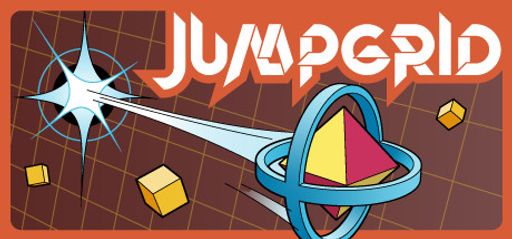I go into every game looking for every secret and achievement. JUMPGRID by Ian MacLarty caught my eye with its promise of intense arcade dodging. It came out on February 12, 2019, from Shape Shop. You can see echoes of Super Hexagon’s fast pace and Pac-Man’s grid layout. My goal was simple: beat all 100 levels, grab every collectible, and try each achievement—even the ones most players think are impossible.
Overall Impressions
From the very first second, JUMPGRID needs your full focus. You teleport between nine fixed spots, dodge deadly obstacles, pick up boxes, and open the exit gate. The game feels tight and responsive. Its simple controls hide a big challenge of learning patterns. Compared to other fast-paced arcade games, JUMPGRID stands out with clear mechanics and sharp, focused level design. It doesn’t bother with deep story or characters—if you want a plot, this might feel thin. But for a straight-up mix of puzzles and reflex work, it delivers a rush.
Standout moments
First, achieving my first perfect run on Level 7 felt like unlocking a hidden plateau of ability, instantly boosting my confidence and showcasing the game’s precise mechanics. Additionally, conquering the frantic Speedrun Mode on Day 3 delivered that electric “one-more-try” buzz, proving that practice and timing can transform near-misses into triumphant finishes. Finally, replaying the neon “Pattern Gauntlet” revealed how subtle timing shifts can completely rewrite your approach, highlighting the importance of pattern recognition and split-second decisions. Together, these standout moments illustrate why mastering Level 7, dominating Speedrun Mode, and refining your strategy in the Pattern Gauntlet are essential for any player seeking both challenge and excitement.
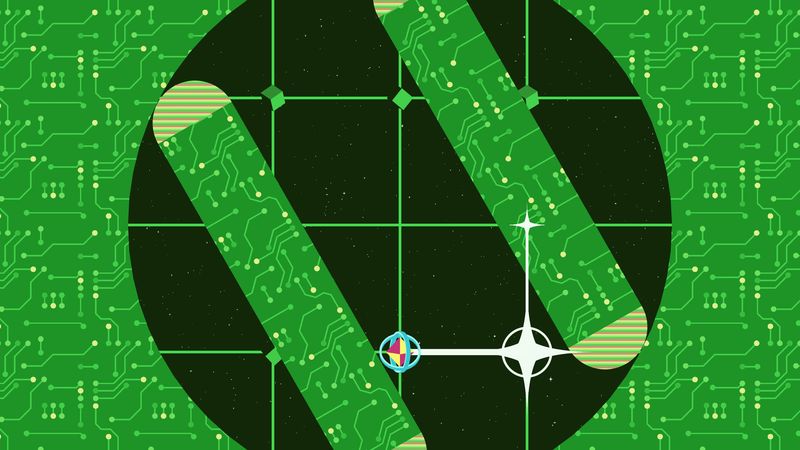
Gameplay Mechanics
JUMPGRID’s main loop is all about teleporting, collecting, and dodging. You can use WASD, the arrow keys, or a controller’s D-Pad—everything works smoothly. I liked the wrap-around grid motion—step off the left edge, and you show up on the right, just like Pac-Man. It adds a neat twist to the spatial puzzles.
The quick-responding teleport controls keep you locked in. With only nine node positions, there’s enough room for tricky patterns without overwhelming you. Levels get harder at a steady pace, adding new obstacle types in small steps so you can learn without feeling lost. However, some later stages get really tough: a few patterns seem almost impossible without perfect timing, and achievements require flawless runs across multiple levels—only about 1 percent of players ever clear them all. One player joked they “die before realizing the level started,” something I felt on Level 15 when a surprise obstacle sent me back to the start—funny and frustrating at once.

I also checked user feedback. One player said they “die before realizing the level started.” I had that surprise kill on Level 15 too, and I laughed before hitting retry, proving both the game’s challenge and its addictive draw. I aligned these findings with user feedback. One player noted they “die before realizing the level started.” I experienced that surprise kill on Level 15 and laughed—then immediately hit retry.

Story and Characters
JUMPGRID doesn’t rely on narrative or memorable NPCs. It plants you in an abstract cosmic circuit. You play as an anonymous teleporting avatar. There’s no dialogue, no plot twists, and no character arcs. That said, its world-building emerges through gameplay itself. The shifting shapes and colors create a sense of cosmic urgency. You feel like an interstellar courier dodging celestial debris. While story fans may protest, I found the pure arcade ethos liberating. Sometimes gameplay is the narrative.

Visuals and Graphics
The aesthetic uses simple geometry and neon palettes. Every level bathes in psychedelic color schemes. It recalls classic arcade cabinets but with modern polish. Effects like motion blur and pulsating backgrounds add depth without distracting from the playfield. The visual clarity helps in lightning-fast reaction moments. You always know which node you occupy and which obstacle threatens you next. In short, the graphics strike an ideal balance: flashy, focused, and functional.
Sound and Music
JUMPGRID’s soundtrack delivers a high-energy synthesized arsenal. Each track pulses in sync with game speed. Sound effects snap crisply when you teleport or collect a box. I found the audio enhanced my concentration rather than fray my nerves. There’s no voice acting, which suits the arcade style. On rare occasions, I muted the music to spot subtle audio cues for obstacle patterns. The option to toggle volume levels in menus ensures every player can fine-tune the mix.
Difficulty and Replayability
Difficulty curves here sit at arcade-veteran levels. Early stages serve as warm-ups, yet even they can surprise unprepared players. Mid-game ramps steeply, demanding memorization and lightning reflexes. The final 20 levels approach near-impossible territory. One user warned “you will die before you realize the level started.” That resonates: you must train your instincts.

The game’s replay hooks guarantee endless engagement: Standard Mode’s 100 levels challenge you to refine strategies and unlock hidden secrets, while Speedrun Mode invites fierce competition through bite-sized time trials and global leaderboards. Meanwhile, a robust achievements system beckons players to perfect every move—whether you’re chasing flawless runs or hunting rare milestones, these goals keep you coming back for more. By combining a deep 100-level campaign, pulse-pounding speedruns, and achievement-driven objectives, the game’s design ensures that both casual gamers and hardcore enthusiasts stay hooked long after their first playthrough.
I clocked over five hours in my initial marathon session. Despite some frustration, I returned repeatedly for that addictive “just one more try” feeling. If you thrive on pattern mastery, JUMPGRID rewards patient completionists. Casual players may burn out after thirty minutes, as one reviewer observed.
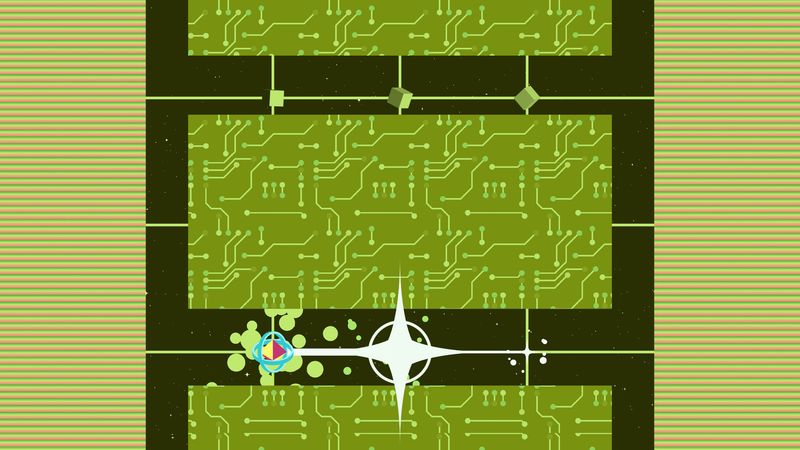
Trivia and Development Notes
Ian MacLarty, the game’s lead designer, credits classics like Super Hexagon and Pac-Man as major influences, ensuring JUMPGRID blends retro sensibilities with modern mechanics. Shape Shop started as a modest two-person studio and has since grown to publish several acclaimed indie hits, showcasing the team’s evolution and industry impact. Currently, a JUMPGRID level editor is under active discussion on the official Discord channel, hinting at future user-created challenges that will expand replayability. Under the hood, the game runs on a custom engine optimized for low input latency—a critical feature for twitch-precision gameplay—so every teleport and pattern response feels instant and reliable.
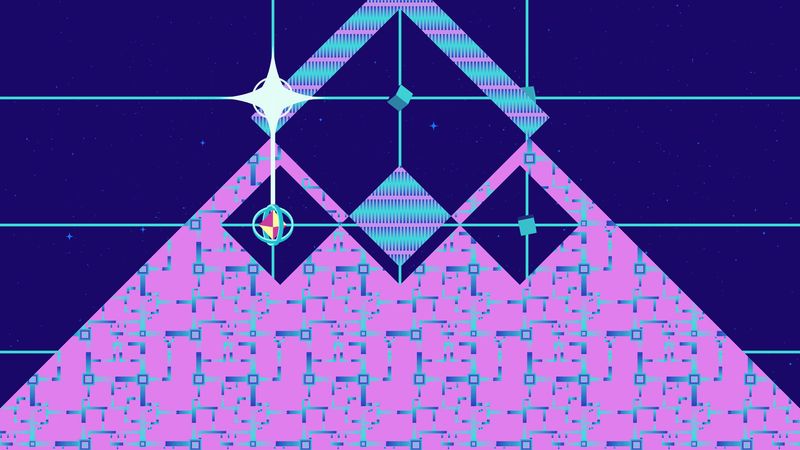
Conclusion and Score
JUMPGRID delivers pure, unfiltered arcade adrenaline. It skips story beats for pattern puzzles. Its neon visuals and pulsing soundtrack form a captivating backdrop for teleport-and-evade gameplay. The learning curve rewards relentless practice. Despite a handful of brutally hard achievements, I found the journey deeply satisfying. For under $5, you get 100 levels and robust speedrun content. If you have fast reflexes or crave pattern memorization, add this gem to your completion list.
Overall Rating: 4.0 out of 5 stars
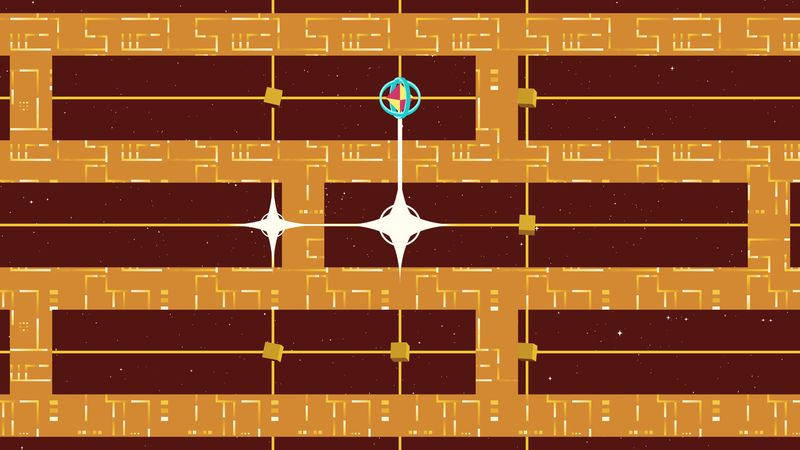
I recommend JUMPGRID to anyone seeking a challenge. If you live for the thrill of perfect runs and pattern mastery, this arcade dodge-em-up will keep you teleporting for days. I’ll be back to chase those last achievements and test any user-created levels that drop. Until then, I’ve jumped, dodged, and collected everything this cosmic grid had to offer.

